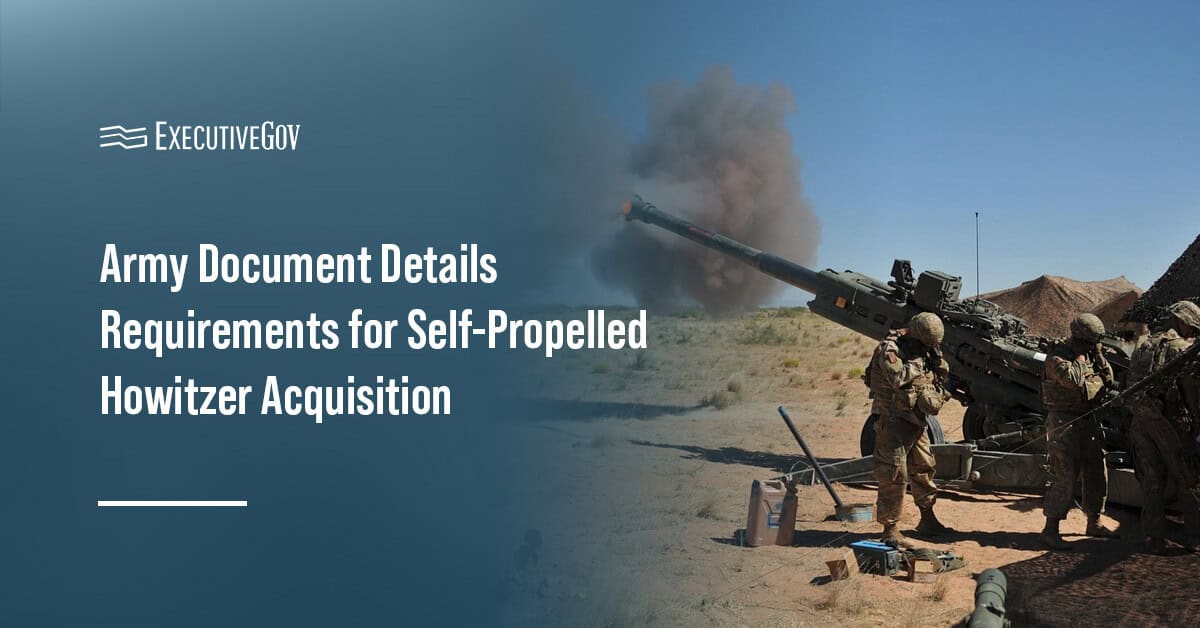Report on Proposed FERC Reforms to Advance Sustainable Development
Introduction
The U.S. Department of Energy has initiated regulatory reforms aimed at the Federal Energy Regulatory Commission (FERC) to modernize the nation’s energy infrastructure. These proposals, put forth by Energy Secretary Chris Wright, focus on expediting the grid interconnection process for large-scale energy consumers and streamlining permitting for hydroelectric power projects. These initiatives are strategically aligned with several United Nations Sustainable Development Goals (SDGs), particularly those concerning energy, infrastructure, and economic growth.
Proposed Reforms and Alignment with Sustainable Development Goals
Accelerating Interconnection for Sustainable Industrial Growth
A key proposal directs FERC to establish rules that accelerate the grid connection process for large loads, such as AI data centers and manufacturing facilities. This measure is critical for building resilient infrastructure and fostering innovation, directly supporting SDG 9.
- The proposed rule would permit joint, co-located applications for both load and generation interconnection.
- This approach is designed to significantly lower grid upgrade costs and shorten study timelines for new projects.
This reform directly contributes to the following SDGs:
- SDG 9 (Industry, Innovation, and Infrastructure): By facilitating the rapid development of infrastructure needed for high-tech industries like AI and revitalizing domestic manufacturing, the proposal fosters innovation and sustainable industrialization.
- SDG 7 (Affordable and Clean Energy): Ensuring timely and efficient grid access is fundamental to providing reliable and modern energy services required by an expanding digital and industrial economy.
- SDG 8 (Decent Work and Economic Growth): The initiative promotes sustained economic growth by removing barriers for industries that create high-value jobs and drive technological advancement.
Streamlining Hydropower Permitting for Clean Energy Expansion
A second directive aims to reform the preliminary permitting process for hydroelectric power. The proposal seeks to clarify that third parties do not possess veto power over the issuance of these permits, thereby removing a significant bottleneck to development.
- The objective is to eliminate unnecessary administrative burdens that delay the exploration of new hydropower resources.
– This action is positioned as essential for meeting the nation’s rising electricity demand with reliable, non-intermittent, and clean energy sources.
This reform is crucial for advancing the following SDGs:
- SDG 7 (Affordable and Clean Energy): The proposal directly supports increasing the share of renewable energy in the global energy mix by promoting hydropower, a key source of clean and reliable electricity.
- SDG 13 (Climate Action): By facilitating the development of hydropower, a low-carbon energy source, this reform contributes to national efforts to combat climate change and its impacts.
- SDG 9 (Industry, Innovation, and Infrastructure): Modernizing the regulatory framework for a foundational clean energy source represents a critical upgrade to national energy infrastructure, enhancing its reliability and sustainability.
Implementation Timeline and Objectives
The Department of Energy has established clear deadlines for FERC to finalize these regulatory actions, underscoring the urgency of these reforms for achieving national energy and sustainability targets.
- Final action on the rule for accelerating large load interconnection is expected no later than April 30.
- Final action on the rule for streamlining hydroelectric power permits is expected no later than December 18.
These reforms collectively aim to enhance the U.S. energy infrastructure, ensuring it can support technological innovation and industrial growth while advancing the transition to a more sustainable and clean energy future in line with global development goals.
Analysis of Sustainable Development Goals in the Article
1. Which SDGs are addressed or connected to the issues highlighted in the article?
-
SDG 7: Affordable and Clean Energy
The article directly addresses this goal by discussing initiatives to ensure a reliable energy supply and streamline permits for hydroelectric power, which is a form of clean energy.
-
SDG 9: Industry, Innovation and Infrastructure
The proposed reforms focus on improving energy infrastructure to support technological innovation (AI data centers) and domestic manufacturing. Speeding up the interconnection process and streamlining permits are direct actions to develop more reliable and resilient infrastructure.
-
SDG 8: Decent Work and Economic Growth
The article connects the energy initiatives to broader economic goals, such as driving “U.S. leadership in AI innovation” and revitalizing “domestic manufacturing,” which are key drivers of economic growth.
2. What specific targets under those SDGs can be identified based on the article’s content?
-
Under SDG 7 (Affordable and Clean Energy):
- Target 7.1: By 2030, ensure universal access to affordable, reliable and modern energy services. The article supports this by aiming to “ensure access to reliable energy infrastructure” to meet an “unprecedented surge in electricity demand” from new industries like AI.
- Target 7.2: By 2030, increase substantially the share of renewable energy in the global energy mix. The initiative to streamline and eliminate “unnecessary burdens” for “preliminary permits for hydroelectric power” directly promotes the expansion of a key renewable energy source.
- Target 7.a: By 2030, enhance international cooperation to facilitate access to clean energy research and technology… and promote investment in energy infrastructure and clean energy technology. The reforms proposed for FERC are designed to promote investment in energy infrastructure, specifically for clean energy sources like hydropower and for the grid upgrades needed to support them.
-
Under SDG 9 (Industry, Innovation and Infrastructure):
- Target 9.1: Develop quality, reliable, sustainable and resilient infrastructure… to support economic development and human well-being. The core of the article is about regulatory reforms at FERC to “speed up the interconnection of large loads” and improve the reliability of the energy grid, which is critical infrastructure for economic development.
- Target 9.4: By 2030, upgrade infrastructure and retrofit industries to make them sustainable, with increased resource-use efficiency and greater adoption of clean and environmentally sound technologies. The focus on facilitating hydroelectric power and creating a more efficient grid interconnection process for modern industries like AI data centers aligns with upgrading infrastructure to support cleaner technologies.
-
Under SDG 8 (Decent Work and Economic Growth):
- Target 8.2: Achieve higher levels of economic productivity through diversification, technological upgrading and innovation. The article explicitly states that the energy initiatives are part of broader efforts to “drive U.S. leadership in AI innovation” and “revitalize domestic manufacturing,” which are direct pathways to increasing economic productivity.
3. Are there any indicators mentioned or implied in the article that can be used to measure progress towards the identified targets?
- Reduction in interconnection study times and costs: The article explicitly mentions that the proposed rule for large loads aims for “significantly reducing grid upgrade costs and study times.” This reduction can be measured and serves as a direct indicator of progress towards a more efficient infrastructure (Target 9.1).
- Timeliness of FERC rulemaking: The article provides specific deadlines for FERC to take final action on the proposed rules (“no later than April 30” for interconnection and “no later than Dec. 18” for hydropower permits). Meeting these deadlines is a process indicator for implementing policies that support clean energy and infrastructure development (Targets 7.2 and 9.1).
- Number of joint, co-located load and generation interconnection requests filed: The proposed rule would “allow customers to file joint, co-located load and generation interconnection requests.” An increase in the number of such filings would indicate successful implementation of the new, more efficient process (Target 9.1).
- Increase in preliminary permits issued for hydroelectric power: The goal of the second proposal is to “eliminate unnecessary burdens” for hydroelectric permits. A measurable increase in the number of permits issued following the rule change would be a clear indicator of progress towards increasing the share of renewable energy (Target 7.2).
4. Table of SDGs, Targets, and Indicators
| SDGs, Targets and Indicators | Corresponding Targets | Specific Indicators Identified in the Article |
|---|---|---|
| SDG 7: Affordable and Clean Energy |
7.1: Ensure access to reliable energy services. 7.2: Increase the share of renewable energy. 7.a: Promote investment in energy infrastructure and clean energy technology. |
– Increase in preliminary permits issued for hydroelectric power. – Successful and timely final action by FERC on the hydropower permit rule (by Dec. 18). |
| SDG 9: Industry, Innovation and Infrastructure |
9.1: Develop quality, reliable, and resilient infrastructure. 9.4: Upgrade infrastructure to make it sustainable and support clean technologies. |
– Reduction in grid interconnection study times and costs. – Increase in the number of joint, co-located load and generation interconnection requests. – Successful and timely final action by FERC on the interconnection rule (by April 30). |
| SDG 8: Decent Work and Economic Growth | 8.2: Achieve higher economic productivity through technological upgrading and innovation. |
– Growth in the number of interconnected AI data centers. – Growth in domestic manufacturing capacity reliant on the improved energy infrastructure. |
Source: executivegov.com







